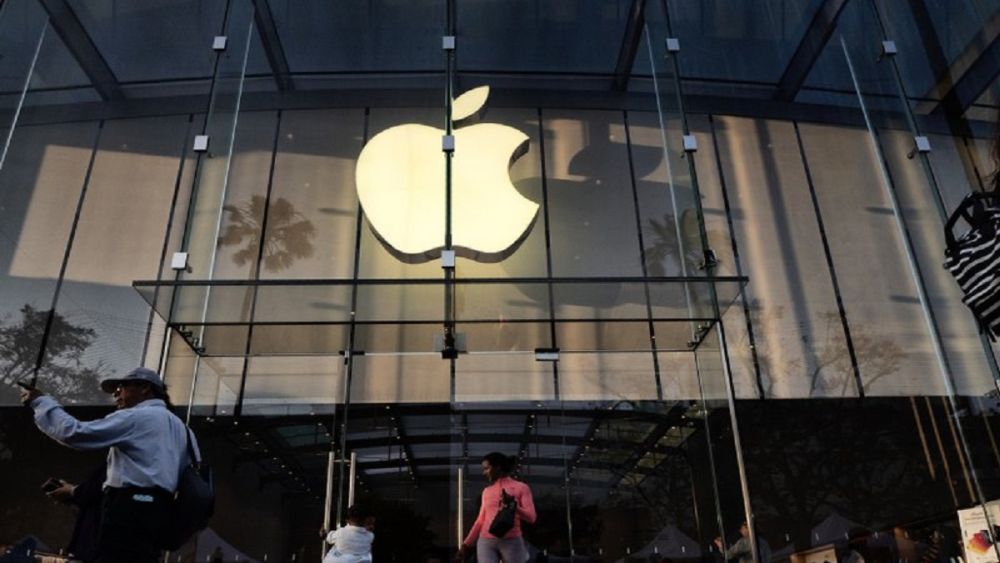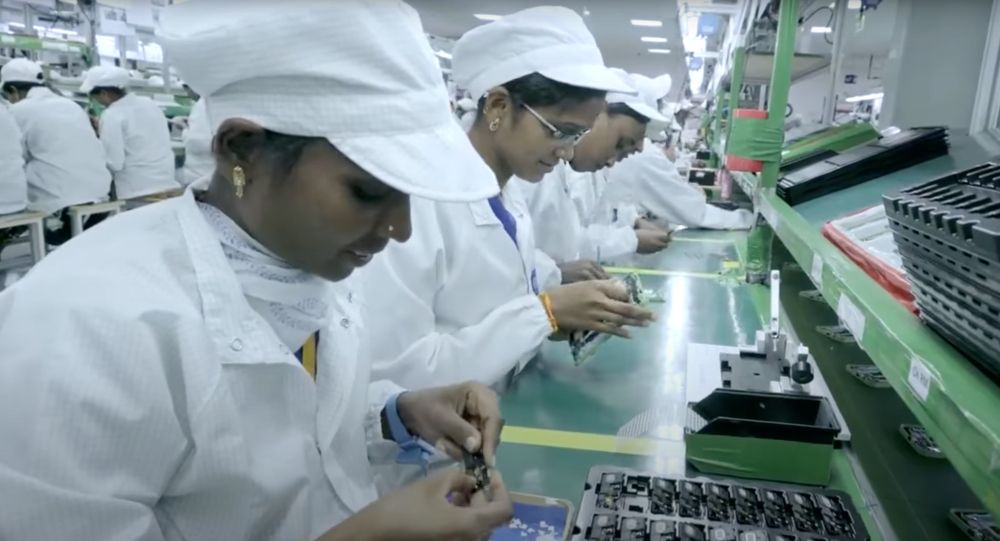Apple has quietly made a major change that signals a shift in global manufacturing. Over half of the iPhones sold in the U.S. this quarter were made in India, according to CEO Tim Cook. By 2026, Apple plans to shift all U.S.-bound iPhone production away from China and into Indian factories. This transition is already well underway, with significant increases in India’s share of Apple’s global output.

The company is reacting to intensifying tariffs on Chinese imports. These tariffs, expected to add $900 million to Apple’s costs this quarter alone, are pushing the tech giant to diversify its manufacturing base. Alongside India, Apple is also increasing production of iPads and Macs in Vietnam. It’s a clear message: Apple no longer wants to be cornered by China’s role in its supply chain.

Foxconn and Pegatron are leading the iPhone production expansion in India, while Tata Electronics is building up assembly capacity as well. In just one year, India’s share of iPhone production has grown from 14% to 20%, and it’s expected to hit 25% in 2026. These numbers aren’t just about phones—they signal a geopolitical and economic realignment in the tech world.

Despite these structural shifts, Apple continues to deliver strong results. The company reported a 5% increase in sales this past quarter, hitting $95 billion in revenue and $24.8 billion in net income. While the long-term impact of this supply chain reshuffle is yet to be seen, the numbers suggest Apple is managing the transition smoothly—for now.

#Apple #iPhone #India #China #TimCook #Manufacturing #TechNews #SupplyChain #Foxconn #TataElectronics
